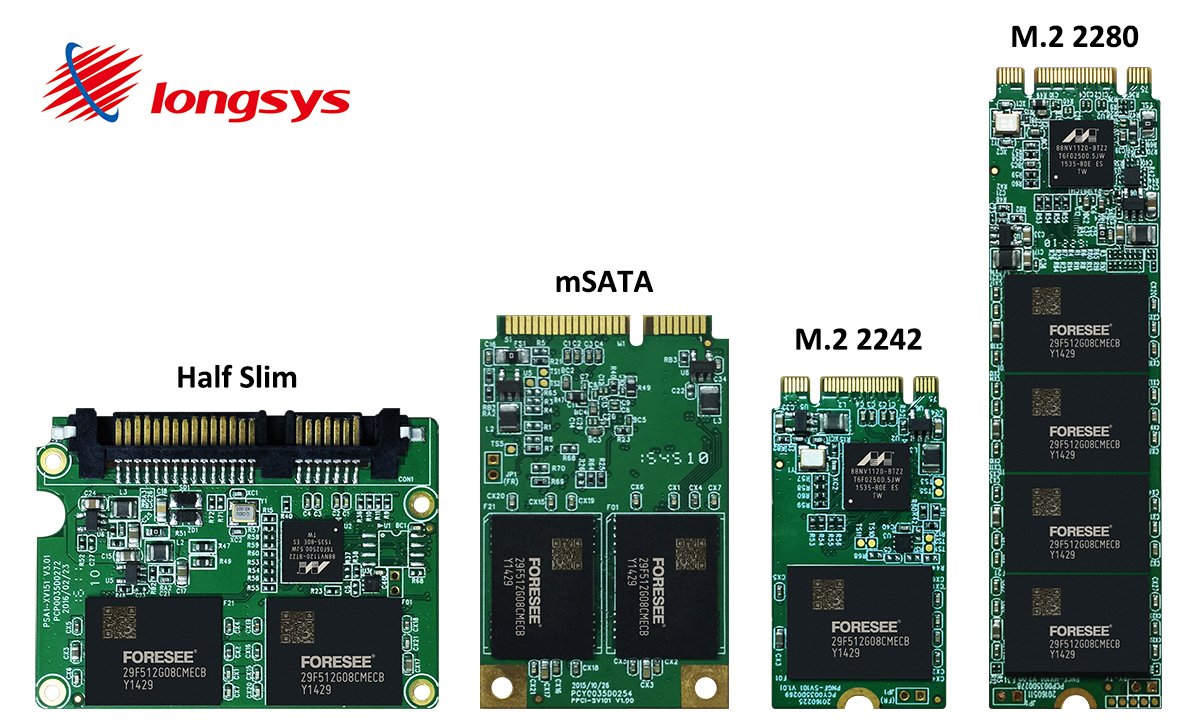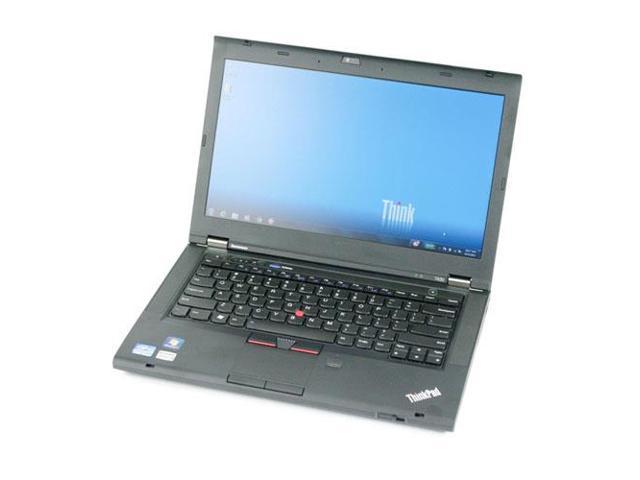Thinkpad T430 M2 Slot
Lenovo ThinkPad T430 Laptop Intel Core i3-3120M (3MB Cache, 2.50GHz) overview and full product specs on CNET. Holiday Gift Guide 2020. I show how quickly an mSATA SSD can be installed into a Lenovo ThinkPad T43.
- Thinkpad T430 M2 Slot Tool
- Thinkpad T430 M2 Slot Price
- Thinkpad T430 M2 Slot Driver
- Thinkpad T430 M2 Slot Drivers
The oldest-model computer in my stable is a Lenovo ThinkPad T430 (pictured above). Released in 2012, it’s a business workhorse powered by a dual-core i5-3230M processor running at 2.6 GHz (suitable for writing TPS reports and even playing older 3D games) that’s still issued to worker bees at offices everywhere. I acquired mine in 2013 in lieu of payment owed to me from a deadbeat, and since then, it’s been performing yeoman service in its role as a backup machine for tasks that specially require Windows or Linux.
It came with a stock 4GB RAM, which has caused me to run into some limitations, especially with heavier-weight development tools such as Visual Studio and Android Studio, the video capture and recording tool Camtasia, and to a lesser extent, graphic design and audio tools. It was time for that most effective and universal of computer upgrades: more RAM!
The T430 takes two 1600 MHz PC3-12800 SO-DIMMs and supports up to 16GB memory. I ordered a pair on NewEgg for less than $100, which came with two-day free shipping. The DIMMs arrived via FedEx Friday morning, and like any geek with a new tech toy, I took out my set of teeny computer screwdrivers and got to work on installing them right after they arrived.
The first step was to remove the battery. ThinkPads from that era (I’m not certain about present-era ones) followed the old-school philosophy to batteries and kept them external and easily swapped out:
I remembered seeing a RAM upgrade on one of these computers years ago, so I knew that there was a RAM slot located on the bottom of the machine, just underneath the central panel…
…and only two screws stand between you and a RAM upgrade…
…and until you realize that there’s just one RAM slot there. Upon seeing this, I looked around, confirmed that there was only one RAM slot under that panel, and then checked the online specs for the T430. It says two SO-DIMM slots. Where’s the other one?
Here’s the interesting thing about adding RAM to the T430: its two RAM slots are in quite different places with different levels of difficulty to access.
The second RAM slot — where the factory-installed RAM goes — is under the keyboard, and getting to it takes a little more work. My guess is that Lenovo’s engineers expected most users to buy a single DIMM to expand their machine’s RAM, and that they’d install it into the easier-to-access slot at the bottom of the machine.
Even if you have no plans to add or remove RAM from the more easily accessed underside, you still need to open the central panel at the bottom of the machine to access the RAM under the keyboard. That’s because there are two screws inside the central panel that you have to remove in order to get under the keyboard:
These two screws anchor the keyboard, and if they’re in place, you won’t be able to access the RAM slot underneath it.
When you’ve removed those two screws, you can remove the keyboard. Pry it up gently, starting with the edge closest to the trackpad. I used a metal ruler to help me with the process, taking care not to scratch the casing:
Lift the keyboard. You’ll see that it’s connected to the motherboard by a short strip of ribbon cable. There’s a thin piece of dark, slightly translucent plastic to the left of where the ribbon cable meets the motherboard; the RAM slot is underneath it:
To make it easier to pop in the RAM, I disconnected the keyboard. You might not have to do it in order to insert the RAM, but it was pretty easy:
I flipped back the panel, where the factory-installed 4GB DIMM lived…
…and replaced it with the new 8GB DIMM.
With the RAM installed, I reversed my steps, fired up the ThinkPad, and checked my RAM the fun way: by asking Cortana using my voice. Here was her response:

Success! The ThinkPad is back in action, and ready for development work. In the short time with maxed-out RAM, I’ve found that Visual Studio, Android Studio, and Camtasia work wonderfully, and video performance is improved as well (my model has integrated graphics, which relies on system RAM).
If you prefer a video walk-through of the ThinkPad T430 RAM upgrade procedure, try this one:
Ratings Breakdown (1-10)
- Software & Support
- 8
- Upgrade Capabilities
- 7
- Usability
- 7
- Design
- 8
- Performance
- 6
- Features
- 7
- Price/Value Rating
- 7


- Total Score:
- 7.14
- Rating 1 to 10, top score 10
Overview
Pros
- Great keyboard (see cons)
- 15 hour battery life with 9-cell
- Excellent build quality
- Input/output port variety
Cons
- Non-standard keyboard layout
- Poor 1366x768 screen
Quick Take
The ThinkPad T430 is still 'the king of 14-inch business notebooks' but the keyboard might not be changing for the better.
The ThinkPad T-series is Lenovo’s bread and butter business notebook. This 14-inch T430 is a refreshed version of the popular T420. Read on to find out what we like and dislike about this laptop.
Thinkpad T430 M2 Slot Tool
Overview
Build and Design

The ThinkPad T430 continues Lenovo’s tradition of nondescript all-business designs valuing form over function. The exterior is covered in strong carbon-fiber reinforced plastic which doesn’t flex. It has a finely textured surface while the back of the lid is slightly rubberized. There’s not a hint of glossy plastic to be found; remember, the T430 doesn’t have to look good on a display shelf at Best Buy.
Thinkpad T430 M2 Slot Price
Build quality is superb and amongst the strongest of any notebook we’ve tested. The chassis is all but impossible to flex thanks to the metal roll cage supporting the inside of the chassis. It’s not something you would find on a consumer-class notebook (or most lower-priced business notebooks, for that matter). The display hinges are metal and control the displays’ tendency to wobble quickly.
All in all Lenovo maintains the traditional ThinkPad design and we see no reason why they shouldn’t keep doing so.
Ports and Features
One way to tell a true business class notebook from an entry level or consumer model is by the variety of ports included. This ThinkPad T430 is a true business class notebook; it includes the expected USB ports but also has DisplayPort (albeit a mini version), a SmartCard reader (a $10 option), an ExpressCard/34 slot (good for adding 3G cards) and a pair of fast USB 3.0 ports. It’s not missing much – eSATA, whose purpose has been largely eclipsed by USB 3.0, and HDMI, which isn’t usually found in the business world.
Front: No ports; just the display latch | Back: USB 2.0 ‘Always On’, Gigabit Ethernet, battery pack, AC power jack, cooling exhaust vent |
Left: Cooling exhaust vent, VGA, headphone/microphone combo jack, mini-DisplayPort with audio, 2x USB 3.0 | Right: SmartCard reader (top), DVD burner, ExpressCard/34 slot (top), 4-in-1 media card reader (bottom), wireless on/off switch, USB 2.0, Kensington lock slot |
Screen and Speakers
Our review unit unfortunately has the base 720p screen (1366×768 resolution); about the only thing it has going for it is the anti-glare coating. An anti-glare coating is preferred to glossy surfaces because light sources don’t create annoying reflections. This screen has poor color reproduction – colors look dull and unimaginative. Black levels aren’t deep and appear slightly grayish. But the biggest problem especially for business users is the low resolution; 1366×768 doesn’t cut it for multitasking between two windows and too much scrolling is required in web pages, documents – pretty much everywhere. The available 1600×900 display is well worth the money for the increase in resolution alone (it has one-third more space).
The two speakers on either side of the keyboard are typical for a notebook and have little beyond the ability to produce basic sound. There’s no noticeable bass and they distort easily at higher volumes. Note that the T430 has a single headphone/microphone combo jack; they’re not separate.
Keyboard and Touchpad
Thinkpad T430 M2 Slot Driver
The T430’s keyboard is a departure for Lenovo; they switched to the increasingly popular Chiclet style with extra spacing between the keys. This has the most encouraging tactile feedback out of all the variants I’ve tried. It has a slightly more clicky sound than the traditional ThinkPad keyboards and the key travel isn’t as long, though the feedback doesn’t suffer as a result, dare I say it feels even more solid. Lenovo is offering a backlit keyboard courtesy of this new design, a first on a ‘real’ ThinkPad. It still has the Think Light for die-hard fans, though.
Thinkpad T430 M2 Slot Drivers
So what’s the matter with it? Simply put, more than a few ThinkPad owners will say Lenovo botched the keyboard layout. The Home, End, PgUp, PgDn, Insert and Delete keys are all over the place instead of being clustered in a nice organized group at the top right. Also missing is the multi-colored keys such as the purple [Enter]. This bothers me in a way; the ThinkPad keyboard formula was exactly what many business users wanted and now they changed it – what was the reasoning? It doesn’t make sense to the end user. I’m all for change but this is a step backwards.
The touchpad remains largely unchanged but the dimpled surface is slightly more pronounced. It feels almost too rough at first though I got used to it after a few days. The trackpoint “eraser” head in the center of the keyboard is also unchanged and remains the most intuitive version offered by any brand. The buttons for both the touchpad and the trackpoint are excellent with quiet, supple clicks.